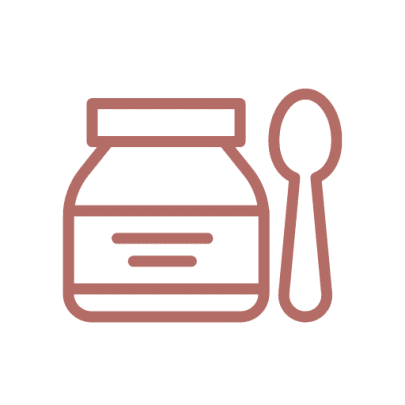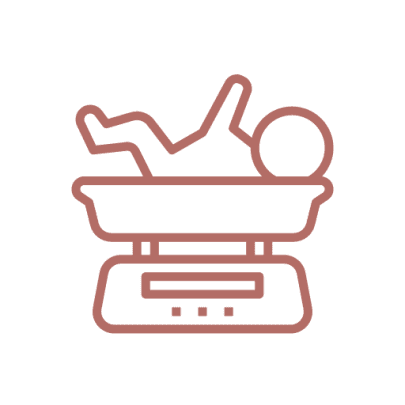Breastfeeding with bigger boobs
If you’re blessed with larger breasts, you may find that breastfeeding presents a few challenges your less-endowed sisters don’t have to deal with. But with a little preparation and practise, there is no reason why you should not be successful at breastfeeding, regardless of the size and shape of your breasts. Here are some tips for breastfeeding with bigger boobs.
- Get the correct latch
As breast milk is stored behind the areola (the darker area around your nipple) in pocket-like ducts called lactiferous sinuses, it’s important that baby takes a good portion of the areola into his mouth, not just the nipple, in order to compress these pockets to release the milk flow. This can be tricky for mums with larger areolas, so ensure that your baby opens his mouth wide, similar to a yawn, before you latch him onto the breast.
- Get the milk flowing
Gently massage your breasts while you are nursing, as this helps with your milk flow, assuring that your breasts are emptied adequately and decreasing the likelihood of painful and uncomfortable breast engorgement.
- Try different feeding positions
Women with larger breasts often find their nipples may point outward rather than toward the front of their body, making traditional breastfeeding positions uncomfortable and sometimes inadequate. Try a non-traditional feeding position and experiment to see what might work best for you and your baby. Breastfeeding while lying down may be easier for women with larger breasts, particularly if you’ve had a Caesarean section birth. The “football hold”, where your baby lays along your side tucked under your arm rather than across the front of your body, is also a great position to try.
- For added support
Before you feed your baby, roll a facecloth into a “sausage” and place it under your breast to provide added support to your breast while you’re breastfeeding. Also, using your outside hand (the one on the same side you are nursing from), with your palm under the breast and your thumb curved around the top and side of your breast forming a “C” shape, support your breast, ensuring you keep your fingers behind the areola (the darker area surrounding your nipple). This can help you to manoeuvre your breast into the right spot for your baby to latch properly, and can also keep your breast from covering his face while he’s feeding.
- Pumping advice
If you choose to use a breast pump to express breast milk, ensure you purchase a breast pump that offers a range of larger breast shields and flanges (the funnel-shaped piece connected to the breast pump that fits over your nipple and areola), such as Medela. Correct-sized flanges provide greater comfort and better milk flow. If your nipple is wider than 2.2cm, you will likely need a larger than standard-sized breast flange. Your breast size changes as you pump, so keep an eye on your nipple during pumping. For a good fit when using your breast pump, there should still be space around your nipple inside the flange, so that your nipple can still move freely inside. With a too-tight fit, your nipple rubs along the sides of the flange, which can cause skin irritation and also slow down milk flow.








